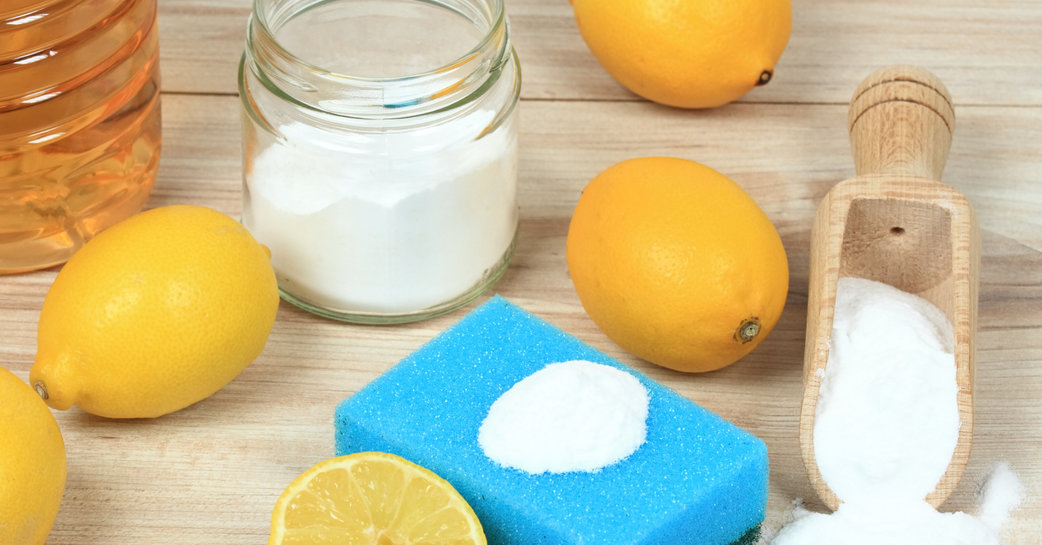
“We tend to think hormone disrupters are a mom and baby issue,” said Dr. Leonardo Trasande, the chief of the division of environmental pediatrics at N.Y.U. School of Medicine. “But it literally can be a life and death matter for folks who are not even trying to have a family.”
Dr. Trasande is one of the doctors I work with in the pediatric clinic at Bellevue Hospital, and the author of “Sicker, Fatter, Poorer: the Urgent Threat of Hormone-Disrupting Chemicals to Our Health and Future … and What We Can Do About It.”
There is significant evidence that several types of chemicals can in different ways interfere with the hormones that our bodies use as messengers for everything from sexual maturity and fertility to how we handle appetite and fat storage.
Evidence has accumulated that these substances can change the ways that children’s bodies develop, starting very early. “We are also looking more and more at not just exposures in pregnancy, but exposures before conception, which is very interesting,” Dr. Trasande said. “It may be early exposures are shaping how gametes develop.”
But what can we actually do to shield ourselves (and our gametes) and our children? The subtitle of Dr. Trasande’s book suggests that there are ways to protect ourselves and our families from substances that he and other environmental medicine specialists believe we will come to see as more and more dangerous, even at comparatively low levels.
The four categories of particularly concerning chemicals include pesticides, which can contaminate our produce; phthalates, which are used in cosmetics and personal care products and also in many kinds of food packaging; bisphenols, which are in the lining of aluminum cans; and flame retardants used in electronics, furniture and mattresses.
“There are straightforward simple steps to reduce exposures that don’t have to break the budget,” Dr. Trasande said. He suggested avoiding canned food consumption, along with foods that are highly packaged or processed, and in particular avoiding plastic bottles or containers marked on the bottom with 3, 6 or 7.
Plastics marked with a 3, he said, are worrisome for phthalates, which inhibit male sex hormones and disrupt metabolism. A number 6 denotes styrene, which is a known carcinogen. And plastics marked with 7 contain bisphenol, which in the lab has been shown to be related to obesity.
He pointed to a recent study in JAMA Internal Medicine. In a group of more than 44,000 French adults 45 and older, a 10 percent increase in what is called “ultraprocessed food” was associated with a 14 percent higher risk of death from all causes. (Ultraprocessed foods are industrial products with many additives.)
These are very difficult links to draw, and it’s also possible that people who tend to eat ultraprocessed foods are making many other lifestyle choices that affect their health. One possible link might be, “phthalates and other food contaminants in those processed foods may inhibit testosterone function, which is known to be a major risk factor for adult cardiovascular disease and stroke,” Dr. Trasande said. But this kind of study can show only an association, it doesn’t establish cause and effect, and Dr. Trasande pointed out that the conclusions have been disputed by other experts.
Even so, environmental health experts worry about both the food and the packaging. “Eat less processed food,” said Manish Arora, professor of environmental medicine and public health at Icahn School of Medicine at Mt. Sinai. It’s good for your body, he said, and “it’s also good for the environment, less processing, less carbon footprint, less chemicals into the environment, less chemicals back into us.”
“Buy fresh food not wrapped in plastic,” Dr. Trasande said, since the contact of the food with the packaging is what you want to avoid.
“How to help our children improve their health?” Dr. Arora asked. “There’s nothing like physical activity, fruits and vegetables.”
But beyond protecting yourself and your own family as far as you can, Dr. Trasande said, “there’s so much we can do with the broader public action and social action.”
Dr. Arora said, “It’s almost as if the products are released and then there’s a slow and cumbersome process to see if they’re harmful.” Decades can go by before that process is complete, he said, and during those decades, “an entire generation has been exposed during the formative years.”
This was the story with lead, and more recently, he said, it was almost the story for many plastics. Lead was present in so many places in children’s environments, from paint to auto emissions, and was gradually understood to be more and more dangerous, even at levels of exposure which had been thought to be safe.
Dr. Arora also pointed to the importance of keeping household cleaning products which can contain “really nasty chemicals” away from children, and choosing products that contain fewer chemicals (the Environmental Working Group guide to healthy cleaning products can help). In an email, he wrote, “personally, like many folks these days I use homemade products for regular cleaning in areas that are not too dirty, such as lemon, baking soda, white vinegar.”
It’s important to try to influence product manufacturers to move in the right direction, Dr. Arora said, and to take the trouble to look for products made in ways that minimize the impact on the consumer and more broadly on the environment, for example, by using biodegradable dyes. He buys jackets made from 100 percent recycled material, he said, and has switched to secondhand clothes.

